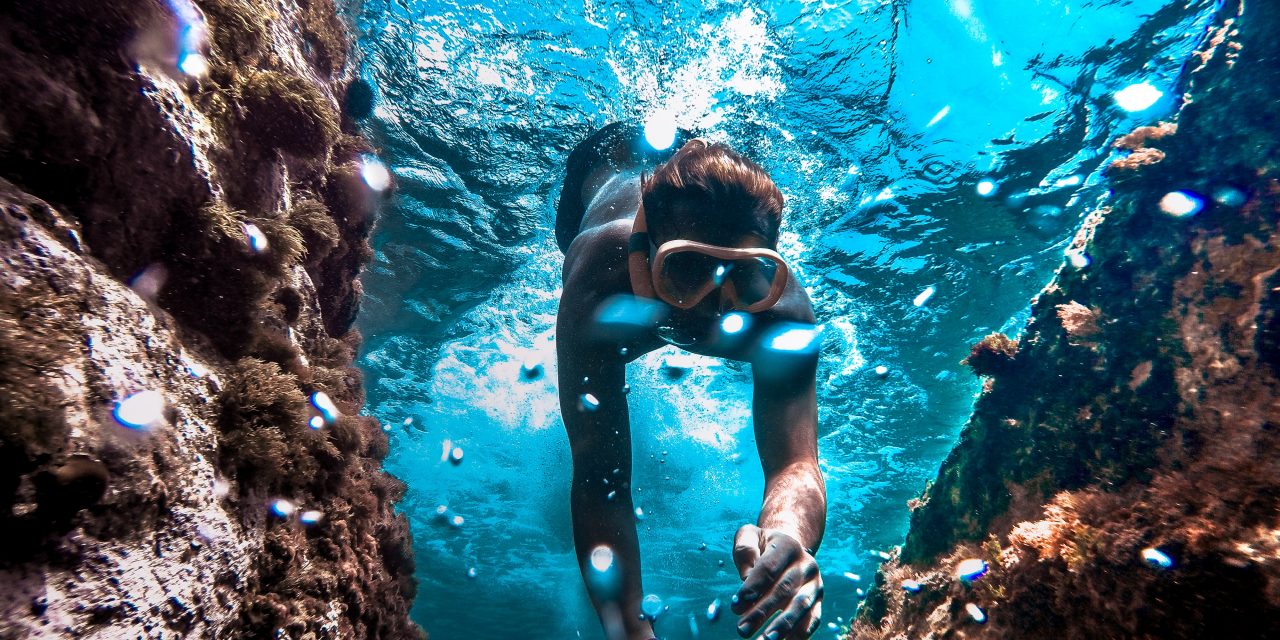Whether you are an amateur or professional film maker, there is no denying that underwater filming can be one of the most eerily beautiful art forms on the planet. At a minimum, you need to ensure that you have a good quality videography dive light at your disposal.
What makes for a quality dive light for videography?
Of course, your light will need to be able to be securely mounted on your helmet so that you can have your hands free to work the video camera. Or, alternatively, you can opt for a helmet-mounted camera and a hand-held light. There are two types of dive light available, as you already know: strobe lights and lights with a constant beam. It is a constant beam light that is best suited for filming work.
Key factors to consider
There are three key factors to take into consideration when comparing videography dive lights. Let’s take a look at each of them:
- The beam angle. A wide beam angle is best if you want to be able to pan out over a wide area with your camera. A more focused beam will be better for close-up and detailed work. A variable beam, which can switch between a wide, more diffused beam and a brighter, more focused beam, is ideal for more advanced camera work. As a good guide, a beam angle of between 60 and 120 degrees is standard for most videography dive lights.
- Brightness of the light. Do you want a very bright light or one that is softer and more natural? Here there is somewhat of a trade-off between getting good levels of detail in your films and capturing natural colors. A bright light will show plenty of detail, but will tend to ‘wash out’ the colors of the underwater world.
- How is the light controlled? Some lights are controlled by twisting the shaft, whilst others have push button controls. It’s all about what works best for you.




